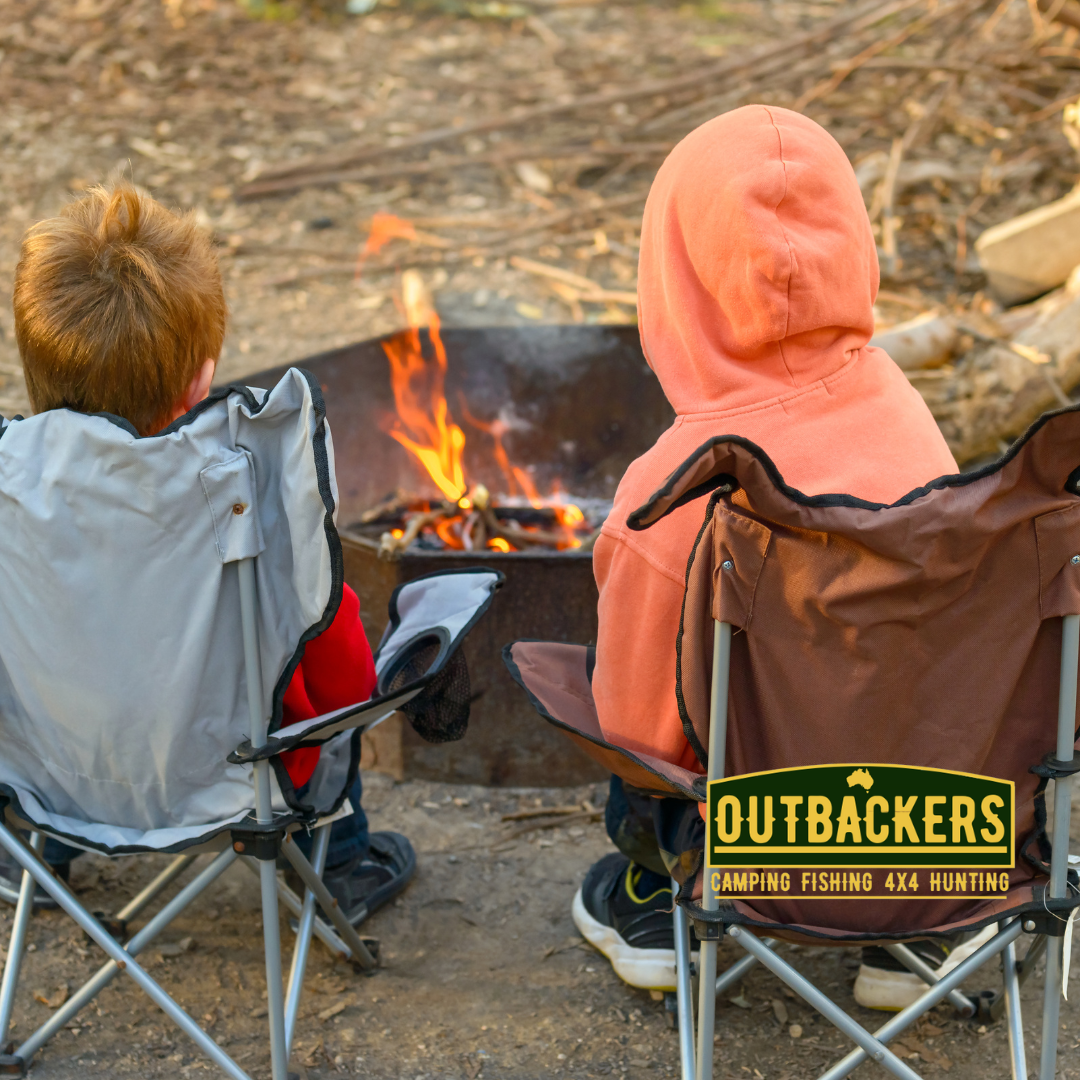
Campfire Safety for Kids: Teach the Young Adventurers
Camping trips with children can be some of the most memorable and exciting family experiences. The crackling campfire, the starlit skies, and the sweet taste of marshmallows roasted over an open flame all contribute to the magic of the great outdoors. However, it's crucial to instil campfire safety knowledge in your children from a young age to ensure these moments are not only fun but also safe. In this blog, we'll explore how to educate children on campfire safety and create lasting outdoor traditions that prioritize safety and enjoyment.
1. Understand the Basics Together
Before you embark on a camping trip, take the time to explain the fundamental principles of campfire safety to your children. Use simple and age-appropriate language to discuss key concepts:
-
Fire is a Useful Tool: Explain that fire is a useful tool when used responsibly, and it's essential to treat it with respect.
-
Supervision is Key: Stress the importance of adult supervision. Make it clear that only grown-ups are allowed to start and manage the campfire.
-
Stay Away from Flames: Teach children that they should never touch or get too close to the flames or hot objects like cooking utensils.
2. Choose a Safe Campfire Spot
Involve your children in selecting a safe campfire location:
-
Look for a Designated Spot: If you're at a campsite, choose a designated fire ring or pit.
-
Clear the Area: If no designated spot is available, ensure the area is clear of dry leaves, grass, and branches. Let your children help you clean up the area. Using a small shovel can come in handy here.
-
Maintain Distance: Teach your children to stay a safe distance from the fire at all times. Use visual cues, like a marked boundary, to make this rule clear.
3. Gather the Right Supplies Together
Show your children how to gather the necessary supplies for a campfire:
-
Firewood Selection: Explain the difference between good firewood and bad firewood. Make it a fun activity for kids to help collect small sticks and twigs. Use of a trolley or wood carry bag makes this easy work!
-
Firestarter Use: Demonstrate how to safely use matches, fire starters or a lighter under adult supervision.
4. Teach Proper Fire-Building Skills
Involve your children in building the campfire:
-
Creating the Fire Pit: Let them participate in creating the fire pit or ring by arranging rocks.
-
Stacking Firewood: Show them how to stack the firewood in a teepee or log cabin style.
-
Lighting the Fire: Light the fire together while emphasizing that only grown-ups should handle matches or lighters.
5. Supervise and Enjoy
While the campfire is burning, continually supervise your children:
-
Stay Close: Encourage them to sit close to you while enjoying the campfire, and remind them not to run or play too close to the flames. Absolutely no ball games near the fire!
-
Respect the Fire: Explain that the campfire is for roasting marshmallows and storytelling, not for playing games or throwing objects into it.
- Cooking on the Fire: If you want to impart further knowledge on the young ones, teach them how to cook with the fire. Start off simple with damper and build up to a whole camp oven roast dinner!
6. Extinguish the Campfire Together
Involve your children in the process of extinguishing the campfire:
-
Pouring Water: Let them help pour water over the fire while emphasizing that the fire needs to be completely out.
-
Mixing Ashes: Show them how to use a stick to mix the ashes and coals with water.
Conclusion
Teaching children about campfire safety is not only responsible but also a great way to bond and create wonderful memories during your family camping trips. By involving your kids in the process and using age-appropriate language and activities, you can ensure that they understand and respect the rules of campfire safety. These early lessons will not only keep your family safe but also instill a lifelong love and respect for the great outdoors. So, gather around the campfire, tell stories, and enjoy the magic of nature while knowing that your children are well-educated in campfire safety.
